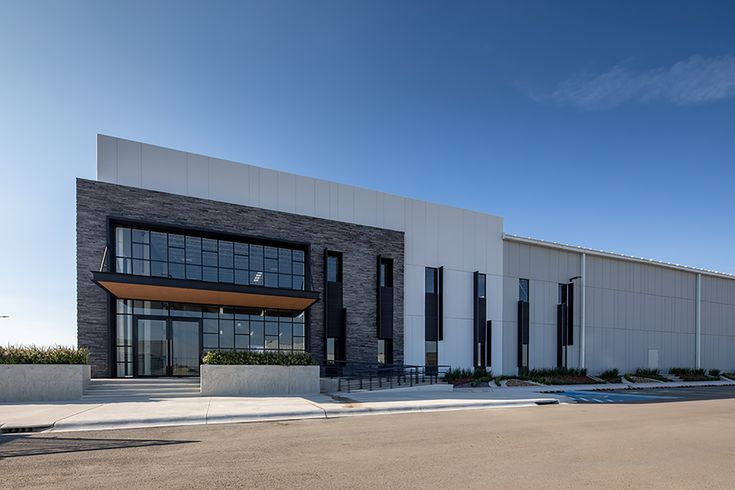Sustainability has become a pivotal aspect in designing and constructing manufacturing buildings worldwide. As the focus grows on environmental responsibility and resource efficiency, industries increasingly adopt strategies to optimize facility sustainability. This article delves into various innovative strategies and technologies to enhance sustainability in manufacturing buildings.
Utilizing Green Materials and Construction Methods
One fundamental approach to enhancing sustainability in these buildings is the utilization of green materials and construction methods. Incorporating materials with high recycled content, such as reclaimed wood or recycled steel, reduces the environmental impact associated with extraction and manufacturing processes. Additionally, employing construction methods that minimize waste generation and energy consumption contributes to overall sustainability goals.
Maximizing Energy Efficiency
Energy efficiency is crucial in reducing the environmental footprint of manufacturing buildings. Implementing energy-efficient lighting systems, utilizing natural daylighting strategies, and integrating high-performance insulation materials effectively minimize energy consumption. Moreover, integrating renewable energy sources like solar panels or wind turbines offers a substantial opportunity to decrease dependence on traditional energy sources and decrease emissions of greenhouse gases.
Optimal Building Design for Sustainability
The design of manufacturing buildings significantly influences their sustainability performance. Embracing passive design principles, such as proper orientation, efficient building envelope design, and strategic placement of windows and ventilation openings, can enhance thermal comfort and minimize the need for mechanical heating and cooling. Additionally, incorporating green roofs and permeable paving systems could reduce the urban heat island effect and promote biodiversity.
Water Conservation and Management
Efficient water conservation and management strategies are integral to sustainable manufacturing practices. Implementing water-efficient fixtures and fittings, such as low-flow toilets and sensor faucets, reduces water consumption within manufacturing facilities. Furthermore, capturing and treating rainwater for non-potable uses, such as irrigation or toilet flushing, can alleviate pressure on municipal water supplies and reduce overall water demand.
Integration of Smart Technologies
The integration of smart technologies offers immense potential for optimizing sustainability in manufacturing buildings. IoT (Internet of Things) sensors can monitor energy and water usage in real time, allowing for data-driven decision-making and proactive resource consumption management. Advanced building automation systems can optimize HVAC (Heating, Ventilation, and Air Conditioning) operations based on occupancy patterns and environmental conditions, further enhancing energy efficiency.
Embracing Circular Economy Principles
Embracing circular economy principles is essential for achieving long-term sustainability goals in manufacturing buildings. Designing buildings that are able to adapt to changing needs and incorporating modular construction techniques facilitate easier disassembly and material reuse at the end of the building’s lifecycle. Additionally, implementing closed-loop systems for material recycling and waste management minimizes the generation of construction and operational waste.
Collaboration and Knowledge Sharing
Collaboration and knowledge sharing among stakeholders play a vital role in advancing sustainability in manufacturing buildings. Engaging with architects, engineers, manufacturers, and policymakers fosters interdisciplinary collaboration and facilitates the exchange of best practices and innovative solutions. Furthermore, participation in industry forums, conferences, and certification programs provides opportunities to stay abreast of emerging trends and technologies in sustainable building practices.
Conclusion
Optimizing sustainability in manufacturing buildings requires a holistic approach encompassing green materials, energy efficiency, optimal building design, water conservation, smart technologies, circular economy principles, and stakeholder collaboration. By embracing innovative strategies and leveraging technological advancements, industries can not only minimize their environmental impact but also enhance operational efficiency and resilience. Moving forward, a concerted effort from all stakeholders is essential to accelerate the transition towards more sustainable manufacturing buildings and contribute to a greener and more sustainable future.











